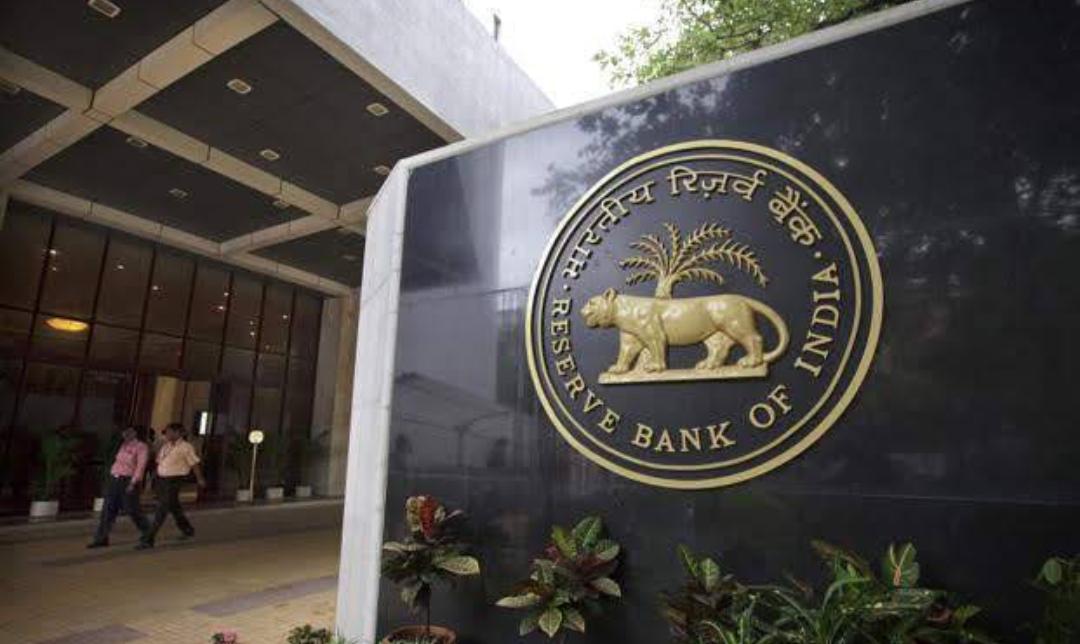
The post-pandemic era has been anything but ordinary for the world’s central banks. As the dust settles from years of unconventional monetary policy, the scorecard for FY 2024-25 reveals a clear divergence between the developed and emerging economies—none more evident than the standout performance of the Reserve Bank of India (RBI).
While the central banks of the United States, United Kingdom, and Europe are dealing with massive losses, India’s RBI has delivered what many experts are calling a masterclass in monetary and balance-sheet management. Through tactical liquidity sterilisation, strategic foreign exchange reserve deployment, and a disciplined economic capital framework, the RBI has not only grown its balance sheet but also posted the highest net income among its peers and maintained a significant risk buffer.
Here's a snapshot of how the world’s top central banks fared:
Performance Comparison (FY 2024-25 / CY 2024):
European Central Bank (ECB):
Assets – $7,150 billion
YoY Asset Growth – -4.8%
Net Income – -$8.97 billion
Risk Buffer – $0 billion (0.0%)
US Federal Reserve (Fed):
Assets – $7,100 billion
YoY Asset Growth – -5.3%
Net Income – -$77.5 billion
Risk Buffer – $6.8 billion (0.1%)
Bank of Japan (BoJ):
Assets – $5,068.3 billion
YoY Asset Growth – -1.5%
Net Income – $15.7 billion
Risk Buffer – $0 billion (0.0%)
Bank of England (BoE):
Assets – $998.1 billion
YoY Asset Growth – -6.0%
Net Income – -$40.5 billion
Risk Buffer – $5.3 billion (0.5%)
Reserve Bank of India (RBI):
Assets – $893.4 billion
YoY Asset Growth – +8.2%
Net Income – $31.5 billion
Risk Buffer – $53.6 billion (6.0%)
Reserve Bank of Australia (RBA):
Assets – $281.5 billion
YoY Asset Growth – -31.0%
Net Income – -$2.8 billion
Risk Buffer – $0 billion (0.0%)
Bank of Canada (BoC):
Assets – $227.1 billion
YoY Asset Growth – -3.0%
Net Income – -$2.2 billion
Risk Buffer – $0 billion (0.0%)
The numbers lay bare a sobering truth:
Flooding markets with cheap liquidity and then pulling it back with high interest rates has led to staggering losses. The Fed, ECB, BoE, RBA, and BoC are now dependent on government support to patch balance-sheet gaps. In stark contrast, India’s central bank has become a profit machine, returning substantial dividends to the exchequer. This highlights a critical shift: in the post-Covid world, monetary policy demands measured prudence over aggressive stimulus.
Key Insights from the RBI’s Standout Performance:
1. Net Profitability:
The RBI’s surplus of $31 billion is unmatched. While many developed central banks are still bleeding losses, RBI has turned in a profit by avoiding bloated reserve balances and managing debt smartly. For example, the US Fed lost $77 billion, and the BoE saw $40.5 billion in losses. India and Japan were the only central banks to report positive net income in this cycle.
2. Balance-Sheet Resilience:
Unlike the Fed and ECB, which engaged heavily in large-scale government bond purchases, RBI maintained a leaner approach. The result is an 8.2% asset growth, while others saw their balance sheets contract.
3. Risk Capital:
RBI’s 6% risk buffer towers over others. This safety net protects the balance sheet from market volatility, while developed-market central banks like the ECB and RBA have virtually no cushion.
4. Interest Rate Strategy:
RBI has struck a careful balance, setting a 6.00% policy rate against 3.2% inflation, ensuring a healthy real rate. Compare this to Japan, where inflation (~3.6%) exceeds the BoJ’s 0.5% rate, and to others where real rates hover near zero or negative.
5. Inflation Management:
India’s CPI was brought down from 6.8% to 3.2% without derailing growth. In contrast, many developed economies continue to battle persistent inflation, even with tighter monetary policies.
Performance at a Glance:
US Federal Reserve – $77 billion loss
Bank of England – $40 billion loss
European Central Bank – $9 billion loss
Reserve Bank of India – $31.5 billion profit
As global financial systems look to stabilise in the wake of economic turbulence, the RBI’s performance stands as a model of monetary discipline and strategic foresight. Developed economies may want to take a closer look at India’s playbook before the next storm hits.




